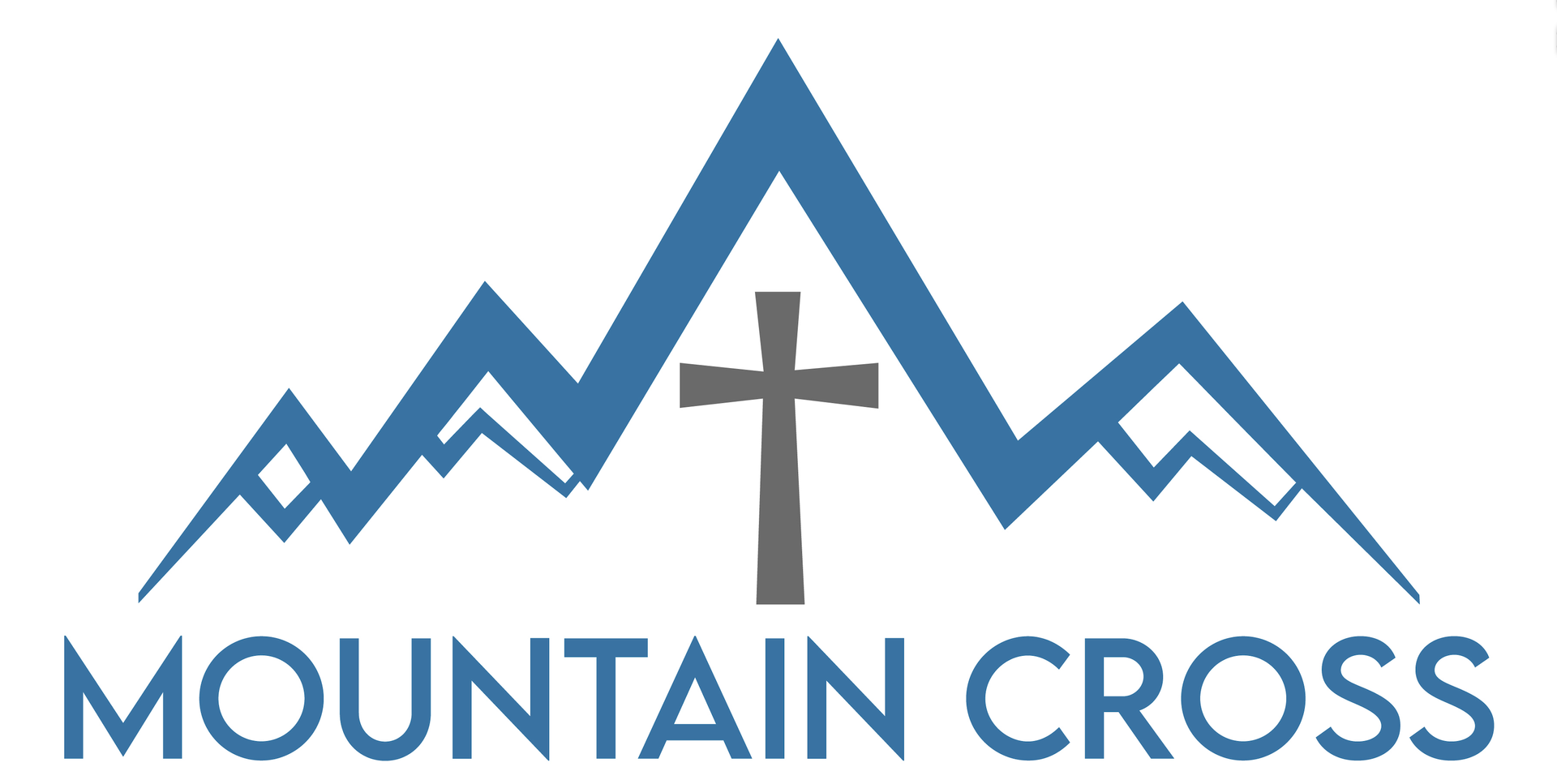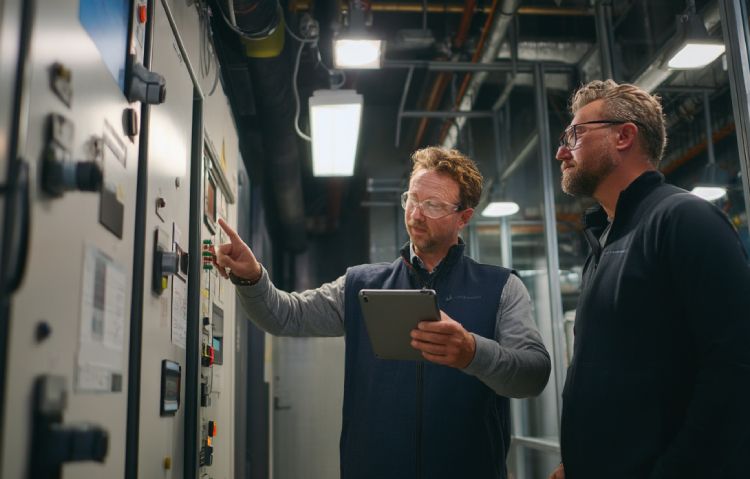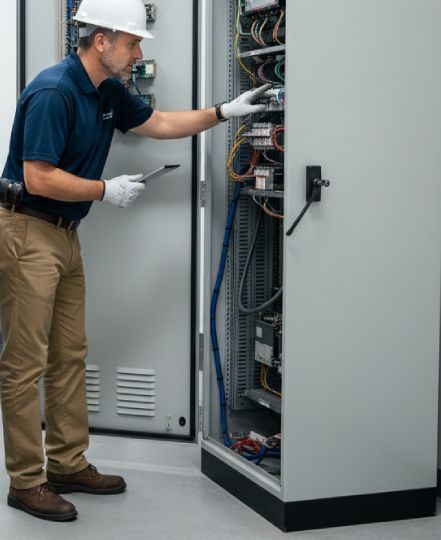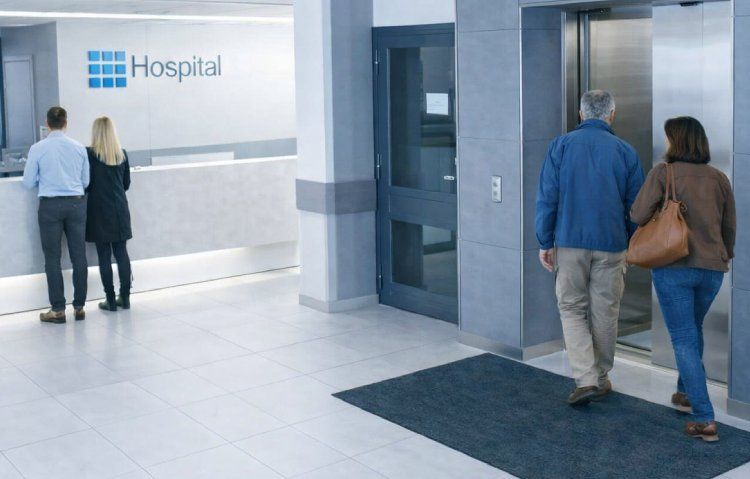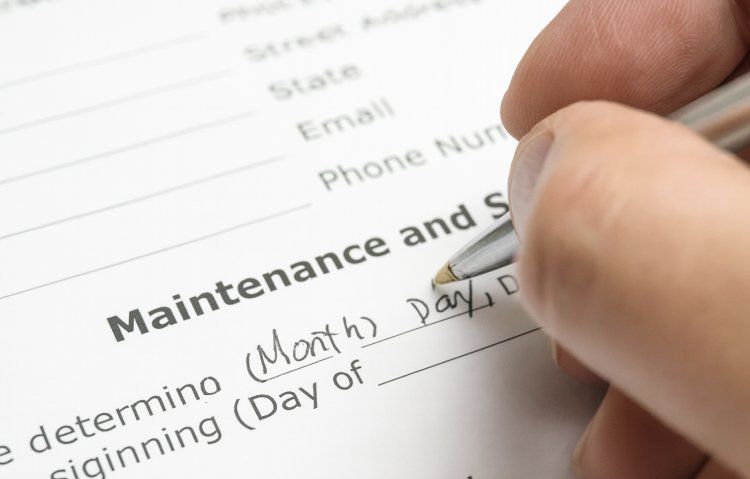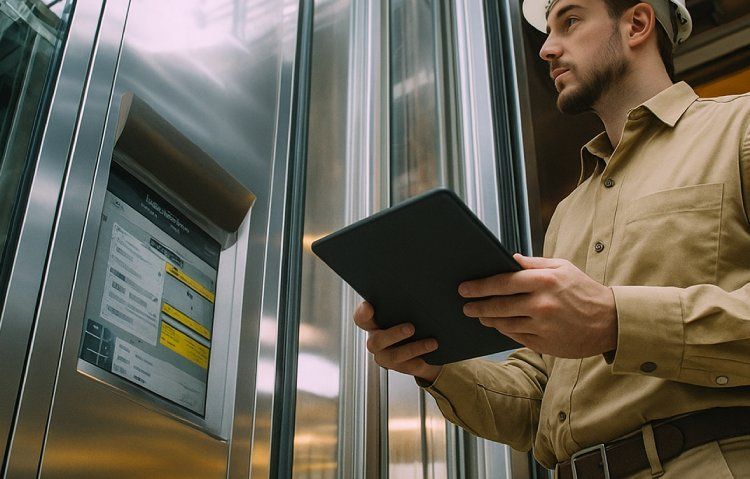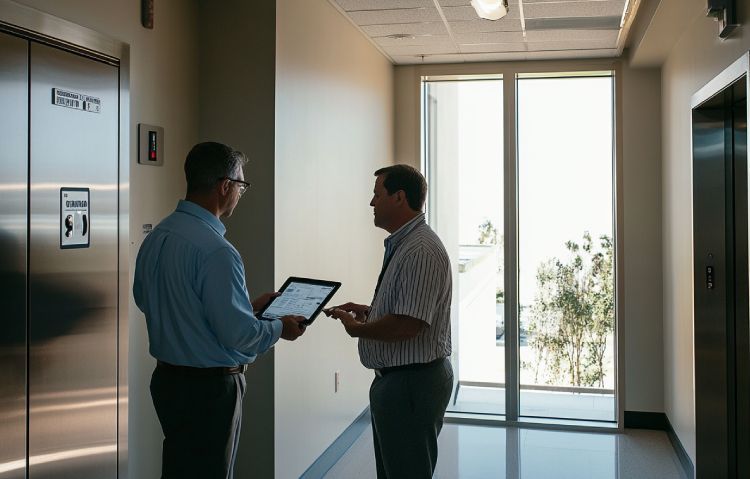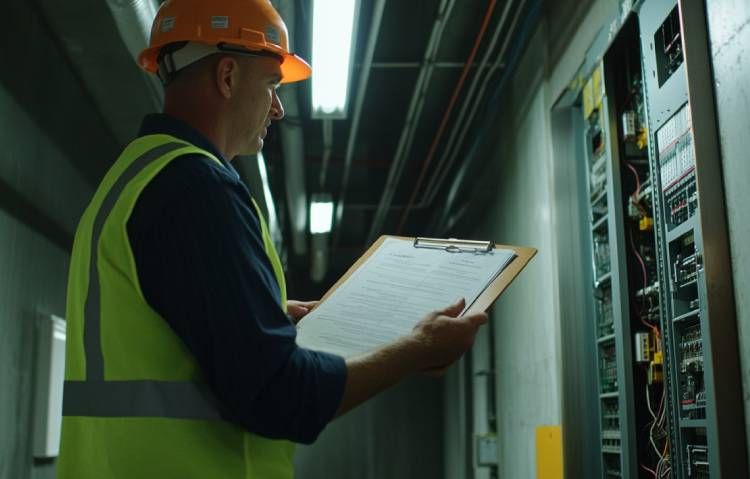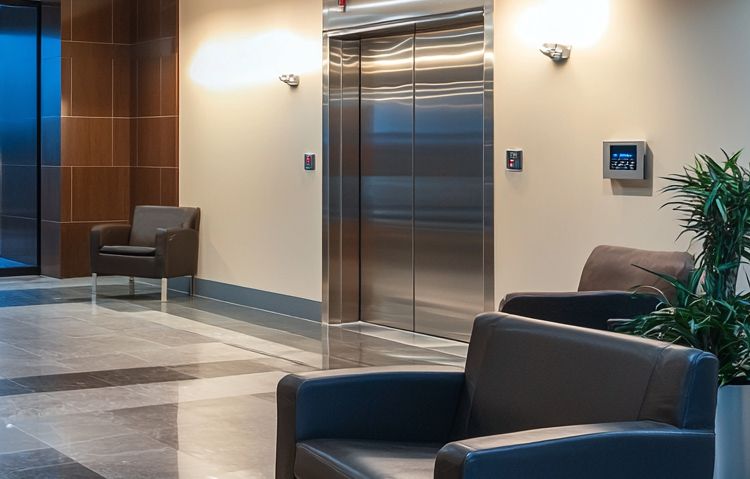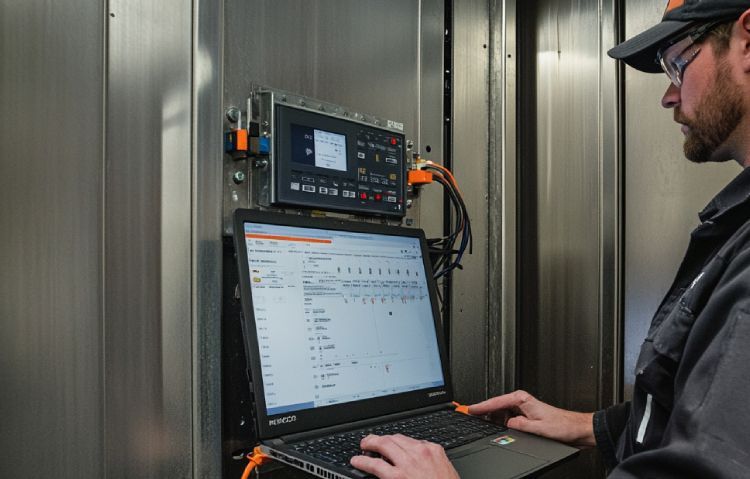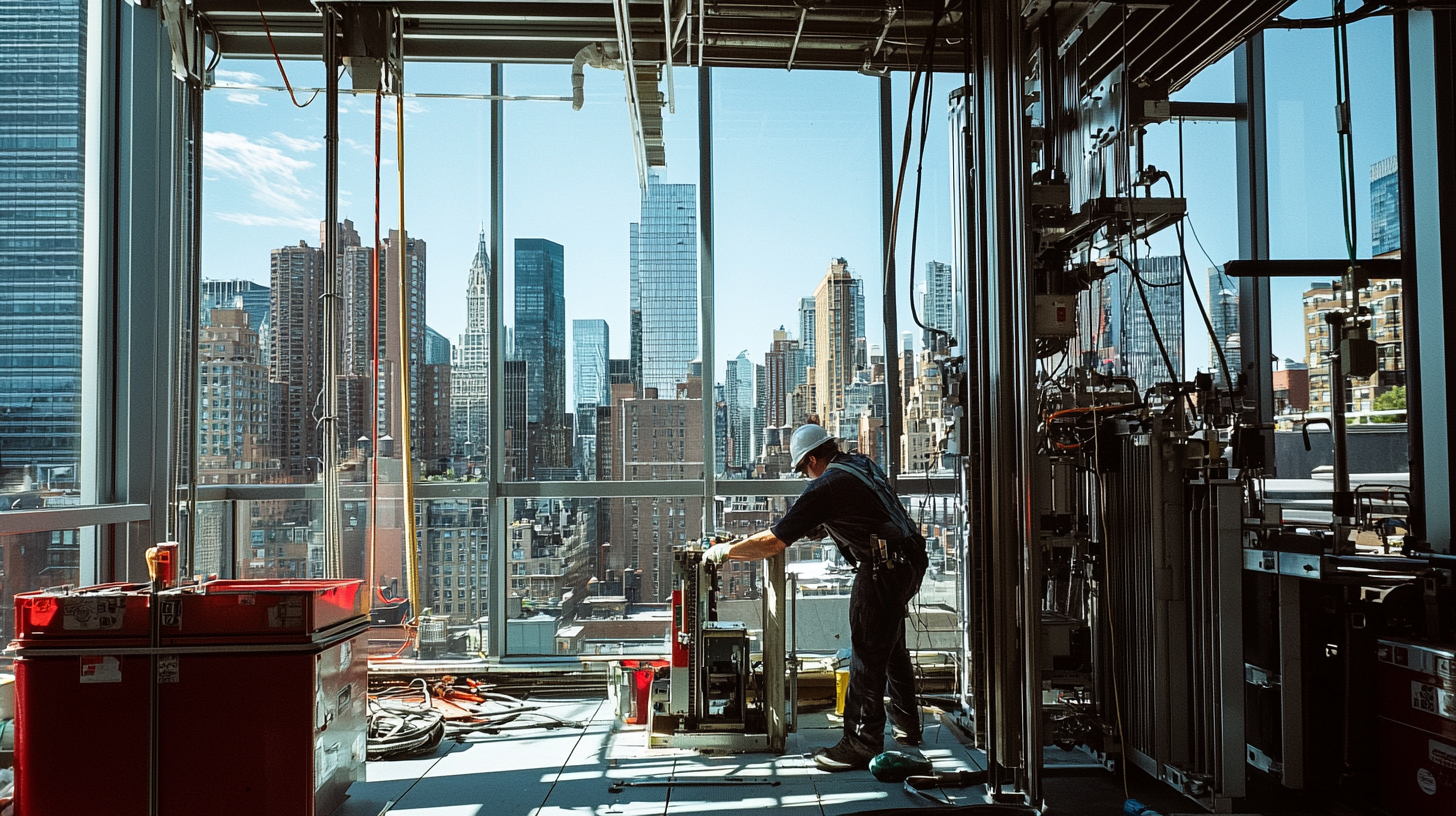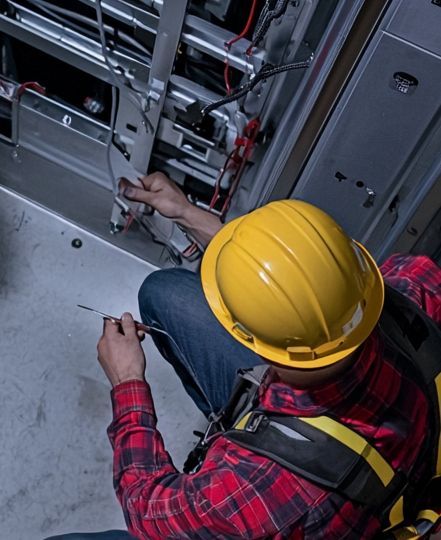Cost-Saving Strategies in Elevator Maintenance: A Guide to Reducing Operating Expenses
Elevator maintenance costs present a major challenge for building owners and property managers. These systems are crucial for safe and effective building operations. However, costs can increase quickly without careful monitoring and an effective management plan. Through our extensive experience in the field, we've identified proven approaches to reduce these costs while maintaining safety and performance standards.
Professional
elevator maintenance consulting can reduce operational costs by 15-25% through strategic contract negotiations, preventive maintenance optimization, and data-driven decision-making. Many properties have changed their elevator maintenance programs from costly burdens into efficient systems. These systems provide reliable performance while helping to control costs.
Modern technology and smart maintenance strategies have revolutionized how we approach elevator cost reduction. From predictive analytics that forecast potential issues to energy-efficient upgrades that lower operational expenses, these innovations offer building owners practical solutions for long-term savings. We help property managers choose maintenance options to create custom plans. These plans protect their equipment and save money.
Foundation of Cost-Saving Strategies in Elevator Maintenance Consulting
Smart elevator maintenance strategies combine technical expertise with data-driven decision making to reduce operational costs while maintaining safety and reliability. To reduce costs, you need to take a systematic approach to elevator operations and maintenance management in several areas.
Elevator Maintenance Cost Auditing and Contract Optimization
We review maintenance contracts to find unnecessary costs and overlapping services. This contract review can help us eliminate duplicate services and match maintenance schedules with actual use.
Regular audits help track service delivery against contractual obligations. We recommend implementing digital tracking systems to monitor maintenance activities and verify completion of scheduled tasks.
Contract optimization involves negotiating better terms with service providers and establishing clear performance metrics. Key areas include response times, preventive maintenance schedules and parts replacement policies.
Benchmarking and Vendor Selection Best Practices
We examine rates and service quality from different vendors to set fair prices. This helps us get better contracts and find affordable service providers.
A structured vendor evaluation matrix should include
- Technical capabilities
- Response time statistics
- Parts inventory management
- Technician certification levels
- Safety record
- Customer satisfaction ratings
Regular performance reviews ensure vendors maintain service standards and identify areas for improvement.
Vertical Transportation Engineering Analysis
We study how elevators are used, when they get the most traffic, and how fast they wear out. This helps us find ways to improve maintenance schedules and cut down on unnecessary service calls.
Technical assessments focus on
- Component life expectancy
- Energy consumption patterns
- System efficiency metrics
- Modernization opportunities
- Safety compliance requirements
Engineering analysis helps us find potential failures before they occur. This proactive approach lowers the chances of expensive emergency repairs.
The Role of Elevator Maintenance and Repair Services
Implementing proactive maintenance programs can help prevent minor issues from escalating into major repairs. We establish clear maintenance protocols that include regular inspections, lubrication schedules, and component testing.
Our maintenance strategy incorporates both scheduled service and condition-based maintenance. This balanced approach extends equipment life while avoiding unnecessary service calls.
We recommend using remote monitoring systems to track how elevators perform in real time. These systems help identify problems early and schedule repairs more easily.
Implementing Predictive and Preventive Maintenance for Long-Term Savings
Modern maintenance strategies use proactive inspections and data-driven monitoring. These methods can lower costs by up to 40% compared to reactive approaches. Using smart technology and careful planning helps us find potential problems before they become expensive issues.
Smart Preventive Maintenance Planning
A well-structured preventive maintenance schedule can reduce the need for emergency repairs by 25% to 35%. We recommend establishing clear maintenance intervals based on equipment age, usage patterns and manufacturer specifications.
Regular inspections should focus on critical components like motors, cables and door mechanisms. These checks help catch wear and tear before it leads to failures.
Documentation plays a crucial role in tracking maintenance history. We use digital logs to record all services, repairs and component replacements, making it easier to spot recurring issues.
Predictive Maintenance for Avoiding Costly Breakdowns
IoT sensors and real-time monitoring systems detect subtle changes in elevator performance. This technology allows us to identify potential failures days or weeks before they occur.
Machine learning algorithms analyze vibration patterns, temperature fluctuations and travel times to predict maintenance needs. These insights reduce unexpected downtime by up to 70%.
Predictive maintenance typically saves 8-12% compared to traditional preventive approaches. Investing in monitoring equipment saves money by reducing emergency calls and helping components last longer.
Energy-Efficient Upgrades and Modernization
Upgrading to LED lights in elevator cabs cuts energy use by 75% compared to traditional bulbs. These upgrades usually pay for themselves in 12 to 18 months.
Regenerative drives capture braking energy and feed it back into the building's electrical system. This technology can reduce elevator energy usage by 20-30%.
Modern control systems optimize travel patterns and reduce unnecessary stops. These upgrades improve efficiency while reducing wear on mechanical components.
Data-Driven Maintenance and Performance Monitoring
Digital dashboards track key performance indicators like door cycle counts, travel times and energy usage. This information allows us to improve maintenance schedules and discover opportunities for increased efficiency.
Remote monitoring allows technicians to diagnose issues without site visits. We can often resolve software-related problems through secure connections, reducing response times.
Performance trends guide resource allocation and help prioritize preventive tasks. Monthly reports highlight areas for improvement and validate cost-saving measures.
Frequently Asked Questions
Professional elevator consulting cuts maintenance costs by 20-30% through targeted strategies like contract optimization, predictive analytics and modernization planning. Building owners gain significant returns through reduced downtime, lower energy usage and extended equipment lifespans.
How can elevator maintenance costs be reduced through consulting?
We analyze maintenance contracts to eliminate unnecessary services and hidden fees. Our expertise helps identify opportunities for consolidating service visits and implementing remote monitoring systems.
Regular audits of service records help us find ways to cut costs while keeping safety and performance intact.
What are the key differences between preventive and predictive maintenance for elevators?
Preventive maintenance involves regular checks and replacements of parts based on a schedule determined by time or usage.
Predictive maintenance uses real-time data and sensors to monitor equipment condition, allowing repairs only when needed. This approach reduces unnecessary service visits and parts replacements.
In what ways can modernization impact long-term elevator maintenance expenses?
Modern control systems and energy-efficient components decrease power consumption by up to 30%.
New equipment requires fewer repairs and less frequent maintenance, cutting labor costs significantly over time.
Smart technologies enable remote diagnostics, reducing the need for on-site technician visits.
What benefits do building owners gain by working with an elevator cost reduction consultant?
We negotiate better maintenance contract terms and pricing through our industry expertise and benchmarking data.
Our engineering analysis identifies opportunities for efficiency improvements that in-house teams might miss.
We provide detailed reporting and recommendations that help justify modernization investments to stakeholders.
What typical savings can be expected from implementing elevator maintenance consulting strategies?
Most clients see immediate savings of 15-25% on maintenance contracts through optimization and elimination of unnecessary services.
Energy efficiency improvements typically reduce power consumption by 20-30% for older systems.
Why is it crucial to conduct an elevator maintenance contract review?
Contract reviews often find overcharges, duplicate services and bad terms that raise costs without reason.
A thorough analysis ensures maintenance scope aligns with actual equipment needs and usage patterns.
An expert review can help identify opportunities to consolidate services and make the most of warranty coverage.
Final Thoughts
Elevator maintenance doesn't have to be expensive. With the right consulting strategies, you can streamline contracts, reduce unexpected costs, and extend the life of your vertical transportation systems. Audits, predictive analytics and modernization planning all play a role in keeping your elevators reliable and safe.
Take control of your maintenance program and secure lasting savings—contact us today to get started.
Ready to work with Mountain Cross Consulting?
Let's connect! We’re here to help.
Send us a message and we’ll be in touch.
Or give us a call today at 224-500-0321
